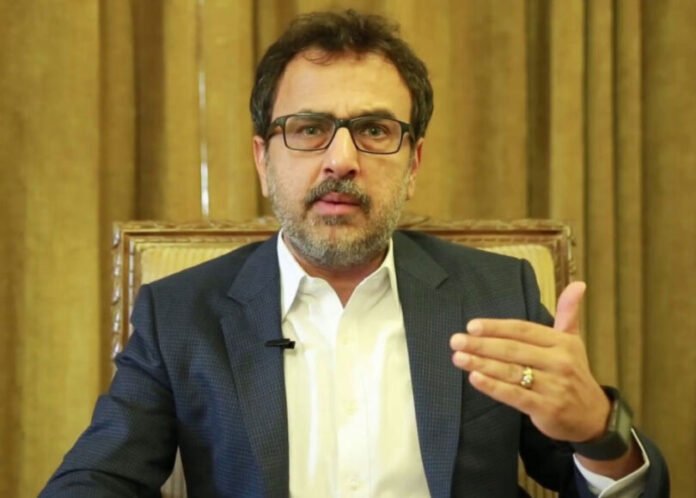Federal Minister for Energy Sardar Awais Ahmad Khan Leghari has announced the launch of a historic reform agenda for Pakistan’s power sector, aimed at ensuring affordability, transparency, and long-term sustainability.
Speaking at a joint press conference with Finance Minister Muhammad Aurangzeb, IT Minister Shaza Fatima Khawaja, FBR Chairman Rashid Mahmood Langrial, and Adviser to the Prime Minister on Privatisation Muhammad Ali, Leghari said the government had inherited a crisis-hit power sector burdened by soaring generation costs, high capacity payments, and record circular debt.
He explained that the sharp rupee depreciation—from Rs100 to nearly Rs300 against the US dollar—combined with high interest rates, had added roughly Rs8 per unit to the cost of electricity. Despite these pressures, he said, the government had managed to cut tariffs by Rs10 to Rs10.5 per unit within just 18 months.
“As a result, industrial consumers are now paying Rs26 per unit, while commercial tariffs have also been brought down significantly,” Leghari stated. He added that electric vehicle charging rates had been reduced from Rs71 to Rs39 per unit, and industrial tariffs slashed by Rs16 per unit to support business competitiveness and growth.
Under Prime Minister Shehbaz Sharif’s vision, the minister said, affordability remains the government’s top priority, alongside restoring financial discipline in the power sector. “We are implementing a plan to clear Rs1.2 trillion in circular debt within six years — without placing any extra burden on consumers,” he said.
Leghari hailed as “a landmark milestone” the government’s decision to end its decades-long role as the sole buyer of electricity — a reform pending for more than 20 years. “For the first time in Pakistan’s history, industries and institutions will directly purchase power from producers. This will introduce competition, drive efficiency, and ensure better prices for all,” he said, comparing the move to the telecom sector liberalization of the early 2000s.
The minister revealed that distribution losses had dropped sharply from Rs580 billion to Rs193 billion in just one year, attributing the progress to better governance and professional management at power distribution companies. He said depoliticized, merit-based boards had replaced bureaucratic and political interference across the sector.
Leghari also announced the ongoing solarization of 27,000 agricultural tube wells nationwide, funded jointly by federal and provincial governments — a shift expected to save Rs40 billion annually. “Automation of feeders, transformers, and meters is already underway, and within three years, all metering will be digitalized, allowing real-time monitoring, online payments, and greater consumer convenience,” he said.
He further highlighted the establishment of the Competitive Trading Bilateral Contract Market (CTBCM) and the Power Planning and Monitoring Company (PPMC) as institutional milestones that had permanently restructured the market. “This is the largest energy market reform in Pakistan’s history. Future governments cannot reverse it — they can only build upon it,” Leghari asserted.
He said the newly launched Integrated Generation Capacity Plan (IGCEP 2025–34) would serve as the sector’s strategic roadmap for the next decade, guiding investments across solar, wind, hydel, nuclear, and transmission projects. “For the first time, power planning is driven by data, demand, and sustainability — not politics,” the minister concluded.
























